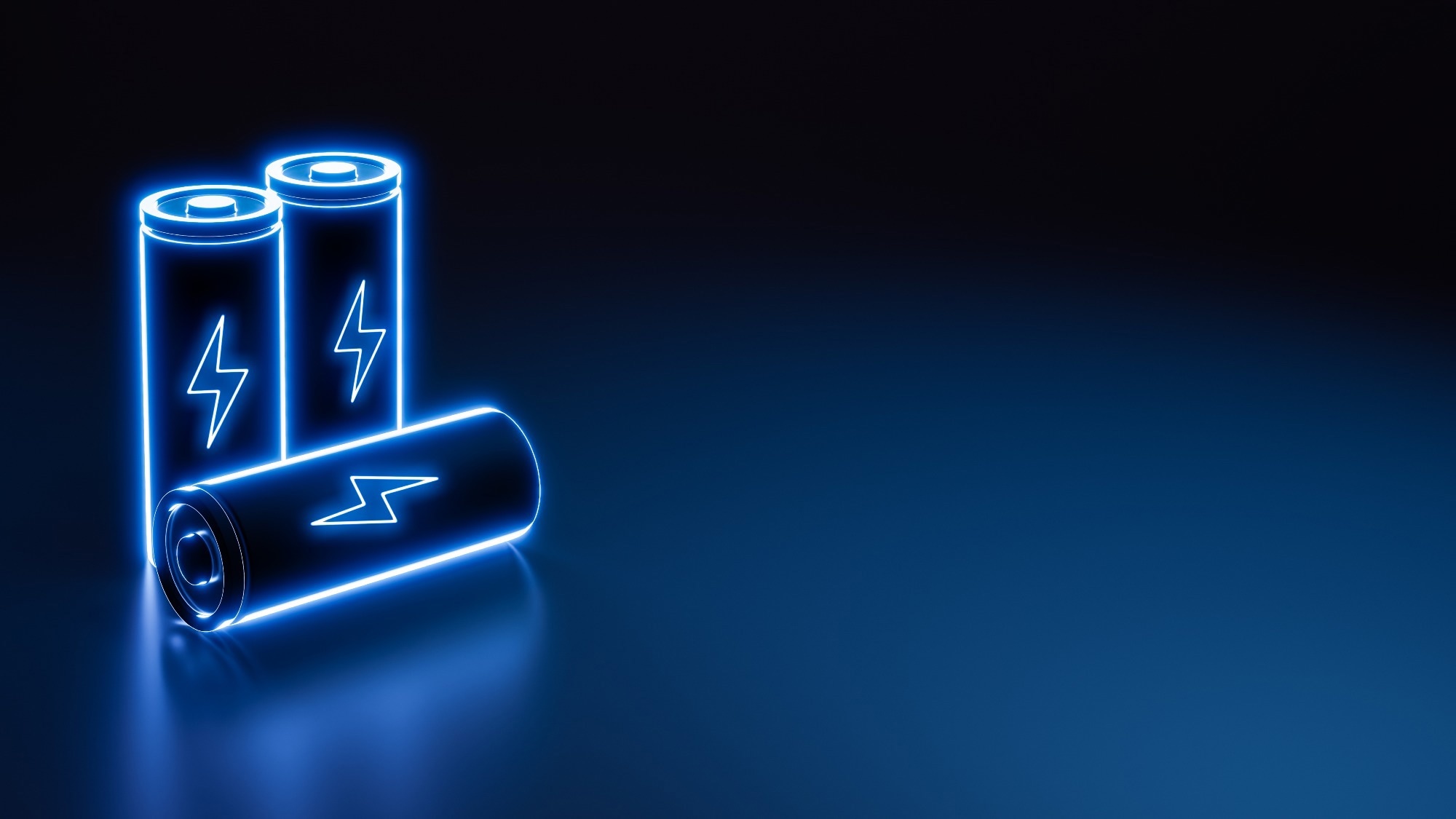Hydrogel electrolytes hold great potential for the advancement of flexible and secure battery technologies. However, their use has been limited by the significant presence of free solvent water, which can lead to unwanted side effects such as parasitic hydrogen (H2) evolution and electrode dissolution in battery chemistries.

Image Credit: Black_Kira/Shutterstock.com
Researchers at the Qingdao Institute of Bioenergy and Bioprocess Technology (QIBEBT), a part of the Chinese Academy of Sciences (CAS), however, have made a significant breakthrough thanks to an innovative hydrogel electrolyte with an unusually high salt concentration, reaching up to 44 mol%, all while avoiding phase separation.
This development effectively mitigates water-induced side reactions, paving the way for extended, practical cycling capabilities in aqueous sodium-ion batteries.
Their findings were published in the journal Angewandte Chemie International Edition on September 5th, 2023.
Inspired by the regulatory function of protein methylation in intracellular phase separation, the researchers transformed protic polymer backbones into aprotic ones through polymer methylation modification.
This modification significantly weakened the inherent polymeric hydrogen bonding network while simultaneously enhancing the solvation of metal cations from within the polymer matrices present in hydrogel electrolytes.
This breakthrough created stable hydrogel electrolytes with exceptionally high salt concentrations, surpassing the limits achievable by conventional hydrogels and even fully saturated aqueous solutions.
Consequently, nearly all water molecules were enclosed within the primary solvation shell of cations. This resulted in reduced water activity and mobility, which in turn diminished electrode dissolution and self-decomposition. The assembled aqueous sodium-ion batteries exhibited remarkable performance, retaining approximately 89.6% of their capacity and maintaining an average coulombic efficiency of 99.1% even after 400 cycles.
Journal Reference:
Liu, T., et al. (2023). A Bio‐Inspired Methylation Approach to Salt‐Concentrated Hydrogel Electrolytes for Long‐Life Rechargeable Batteries. Angewandte Chemie. doi.org/10.1002/anie.202311589.